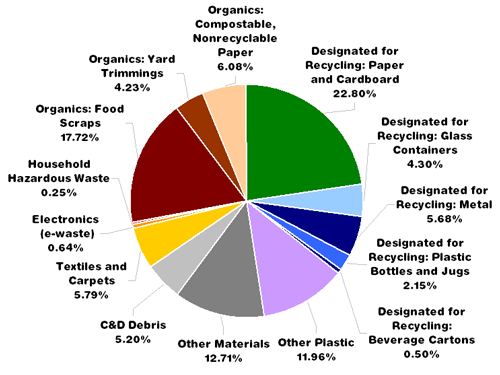Our first class this week was particularly horrifying. It is no wonder that Detroit’s population is fleeing. Apart from the decaying infrastructure and other problems, toxic fumes are being pumped into the air! Smoke from paper products is bad enough, but plastic? I’d be interested in seeing some statistics on the cancer rates in Detroit. The cavalier attitude of the company running the incinerator towards both the wishes of the public and the undeserved tax credits it received was also appalling.
While I’d choose New York over Detroit in a heartbeat, some of the things we learned about our own city were also highly concerning. Everyone always talks about the city being dirty, but I didn’t think that meant that the subway stations are filled with particulate steel dust. Thinking about all the hours of my life I’ve spent waiting for trains has never been exactly joyful, but now it’s even less so.
Something that I was pleased to learn about was the widening of the tip of Manhattan with incinerated trash. Real estate in New York is crazily expensive, and if more can be created without displacing people in lower-income neighborhoods, that’s great. The downside, of course, is the potential leaching of harmful substances from the ash into New York’s waterways. I would think, though, that most such chemicals would have been removed during the burning process. Putting them into the air probably isn’t much better at all than dumping them in the water, but if the junk has already been incinerated, we might as well use the end product in a productive way.
The trends in refuse composition that we went over were interesting, if not too surprising. I would expect plastic to have been more than 10% of domestic waste by the ‘80s. Hopefully that seemingly low figure means that New York City’s recycling program saves a fair amount of plastic from landfills. A pie chart from nyc.gov shows that for 2004-5, plastic not designated for recycling was about 12% of residential waste, with recycled plastic making up 25% of the city’s refuse. So indeed, it seems that the plastic in New York landfills is largely reduced by recycling. The percentage could probably be shrunk even more if the city expanded its recycling programs to include more types of plastic. Types 5 and 6 stand out to me as particularly worthwhile. Currently, the city only accepts types 1 and 2. I see type 6 often enough, and 5 is used for most yogurt containers. At home I have two trash bags stuffed with empty Chobani cups, as my family eats a lot of Greek yogurt and Whole Foods accepts type 5 plastic to be recycled. This reminds me, I should probably haul those to Union Square before my mother gets impatient and just throws them out. It would be a lot easier, and the city would probably save a lot of plastic, if type 5 were collected. I must note that I don’t know how well types 5 and 6 can be recycled, though. I bring them up solely on the basis of their ubiquity. The city would probably need new equipment to process them, not to mention the energy needed to run the facilities, and it’s possible that the expenses would outweigh the benefit. I would definitely want to see the numbers before ruling it out, though: New Yorkers sure do eat a lot of yogurt.

http://www.nyc.gov/html/nycwasteless/html/resources/wcs_charts.shtml#waste

